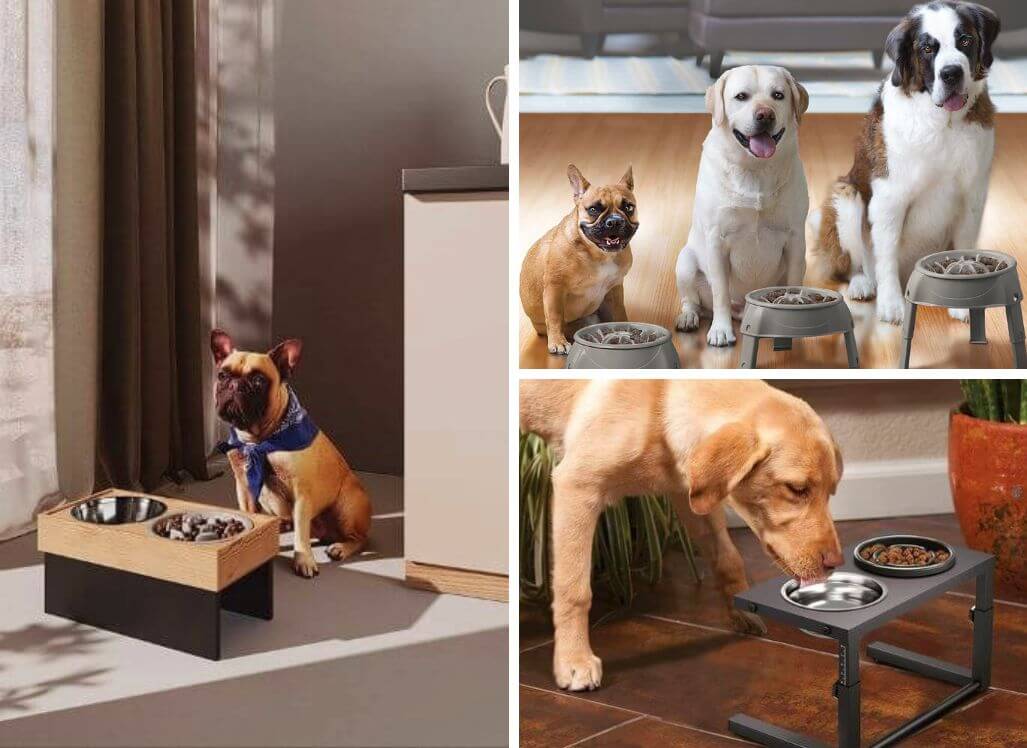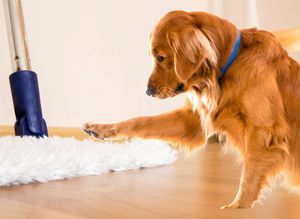When it comes to feeding your pet, there are so many options to choose from. One type of bowl that has gained popularity among pet owners is the elevated dog bowl.
Elevated dog bowls offer several benefits for both you and your pet, but there may also be some drawbacks.
In this blog post, we'll take a look at the pros and cons of using elevated dog bowls, so you can decide if they're the best choice for your four-legged friend. We'll discuss how they can help improve digestion, provide better ergonomics, and even how they could help prevent messes and spills in the home.
By exploring both sides of the issue, you can make an informed decision on whether elevated bowls are right for your pup.
Elevated Dog Bowls - The Pros
Less Bending
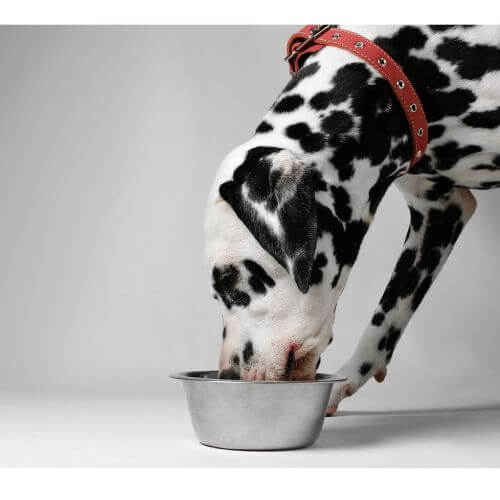
When a dog’s bowl is placed on the floor, he has to bend his neck to reach it. This can cause strain on the neck and back, potentially leading to muscle strain or even pain. Larger breeds are especially susceptible since they need to stretch further down for access than smaller dogs do.
This also means less bending for you, when you have to access the bowl, not only when you have to fill, it but also when you get it out to clean it.
Less Pain
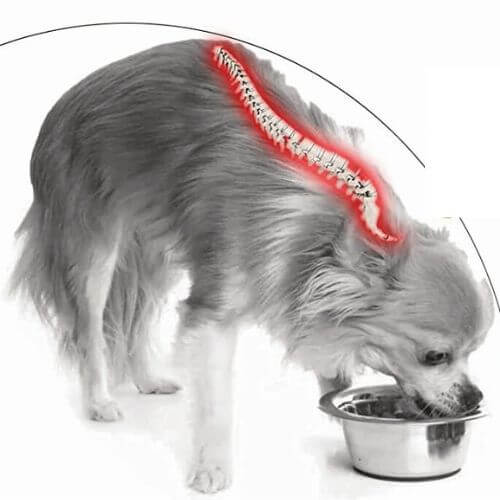
If you have a pet suffering from conditions such as arthritis or other mobility issues, or if you have an older dog, it can be difficult for them to bend down to eat or drink. With a bowl at a height that's optimized for each dog, it's easy for them to reach their food and drink without putting any strain on their body.
Less Mess
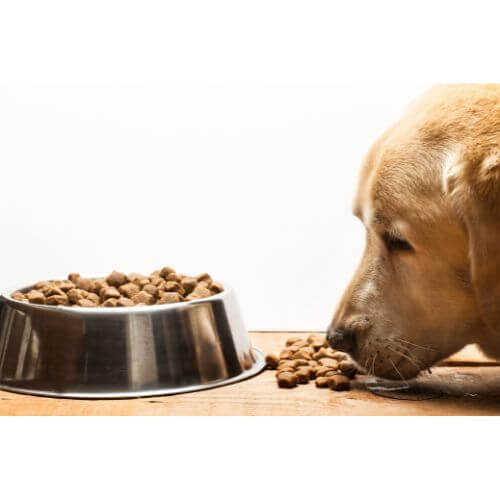
Some dogs tend to paw at their bowls, and sometimes they can tip over slightly (if not completely) causing food and water to spill onto the floor. The chances of your pup making a mess are much less with an elevated bowl, as they are not likely to be able to tip it over easily.
Less Portable (for your dog)

With your dog's bowls nestled in place on an elevated stand, there is no possibility of your dog pushing it around all over the floor. Plus, for dogs that like to pick up their bowl and carry it around the house, a bowl in a stand makes it much harder to pick up.
Benefits for Medical Conditions
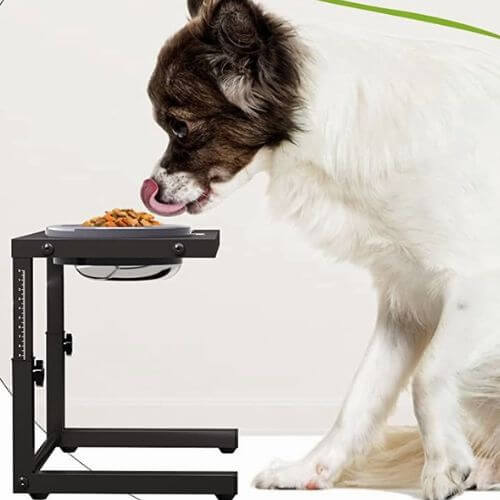
Some dogs have a medical condition called megaesophagus, where the esophagus loses its ability to move food into the stomach. Elevating your dog's bowl can help the food move down more easily.
Elevated Dog Bowls - The Cons
The main problem with elevated dog bowls is that some say that eating out of an elevated bowl can lead to bloat, especially to a condition called GDV, which could potentially be fatal. However, this has not been conclusively proven. So, are dogs who feed from raised (elevated) dog bowls at increased risk of gastric dilation volvulus?
The abstract from an article by Louise Anne Buckley in Veterinary Evidence, titled "Are Dogs That Are Fed from a Raised Bowl at an Increased Risk of Gastric Dilation Volvulus Compared with Floor-Fed Dogs?" says:
"There are only two studies that study the effect of raised feeders on the risk of Gastric Dilatation Volvulus (GDV) and their findings conflict. Only one study found a significant effect of feeder height, with large and giant breeds fed from a raised feeder being at an increased risk of GDV (as compared to) floor-fed dogs. However, these authors found that, where the feeder was raised, the height of the feeder that increased the GDV risk was affected by the size of the dog. Large breed dogs were more likely to develop a GDV if fed from a bowl ≤ 1 foot tall, whereas giant breed dogs were more likely to develop a GDV if fed from a bowl > 1 foot tall. No studies found that feeding from a raised feeder reduced the risk of GDV relative to feeding from the floor. Therefore, the safest option in the absence of further evidence is to advise that owners of ‘at risk’ dogs feed from a feeder on the floor. This may not reduce the risk of GDV, but there is no evidence to suggest that it will increase the risk."
To Sum Up
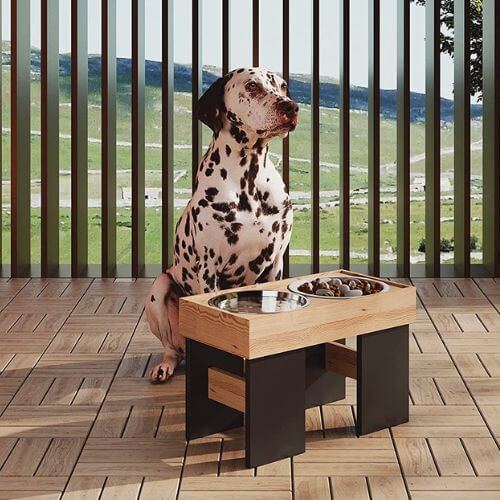
Overall, it’s important to weigh the pros and cons of choosing an elevated dog bowl, and it's equally important to consider the size and breed of your dog before purchasing a raised feeder. In most cases, eating out of an elevated bowl could be a great solution that offers health benefits while still being functional and aesthetically pleasing - a great addition to your pup’s lifestyle.
You may also like:
